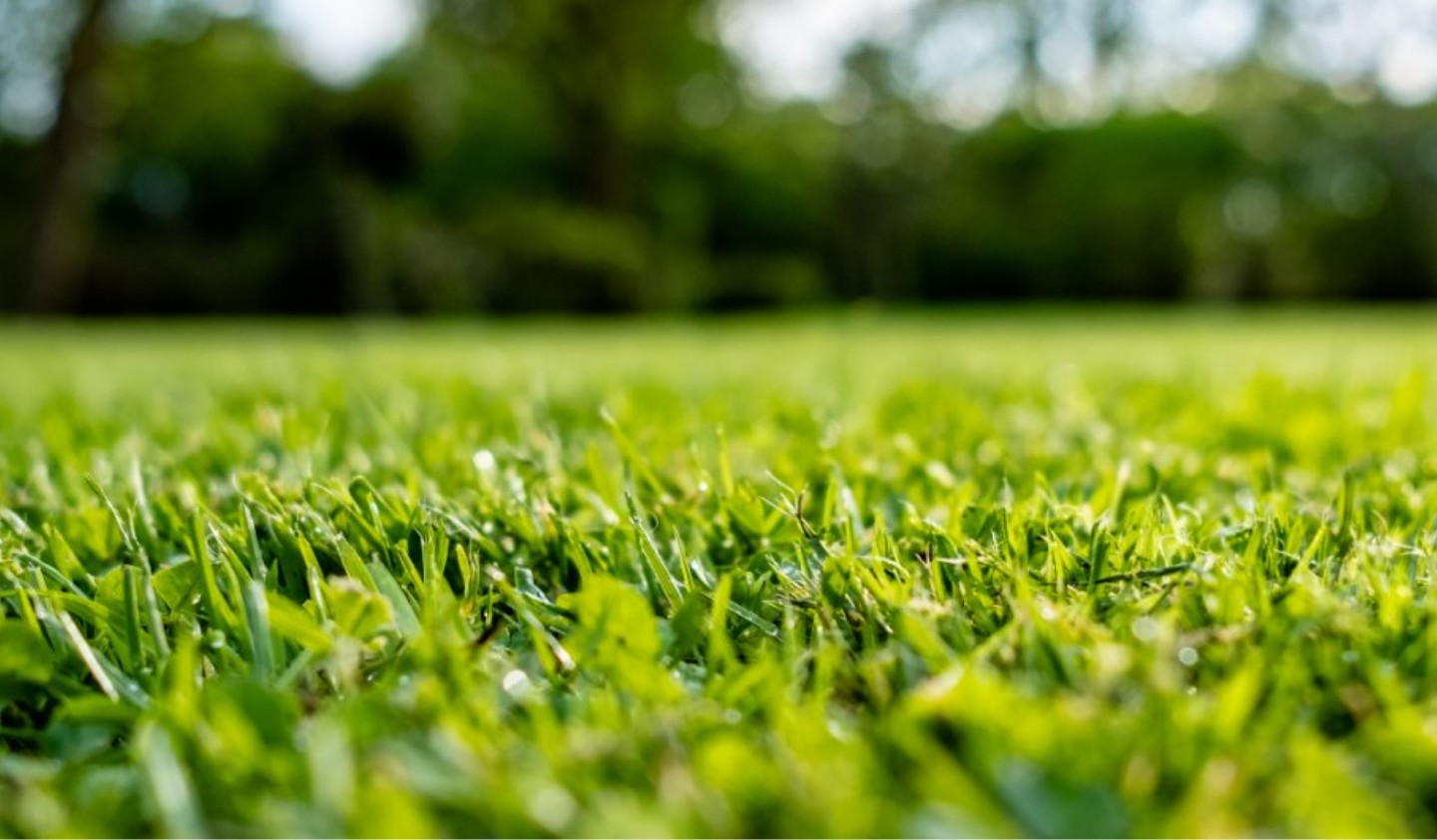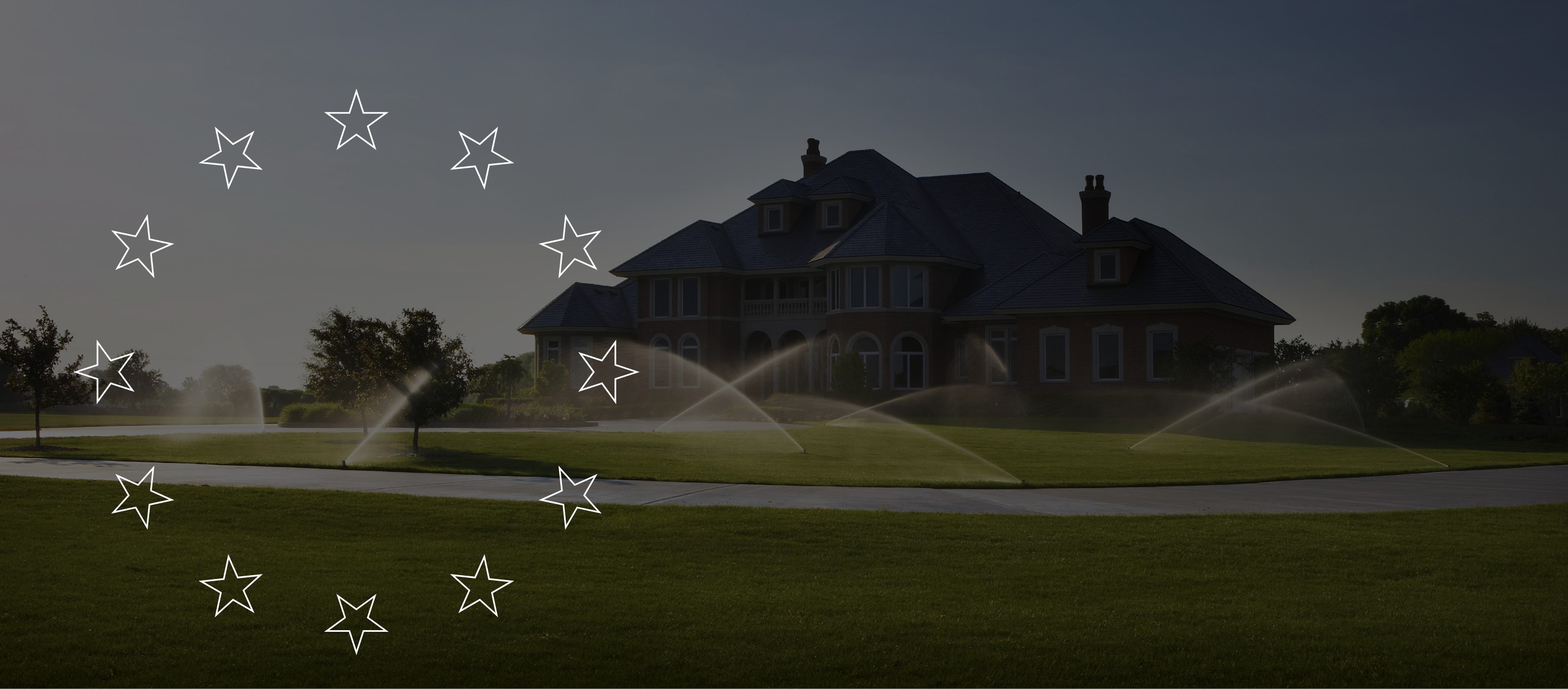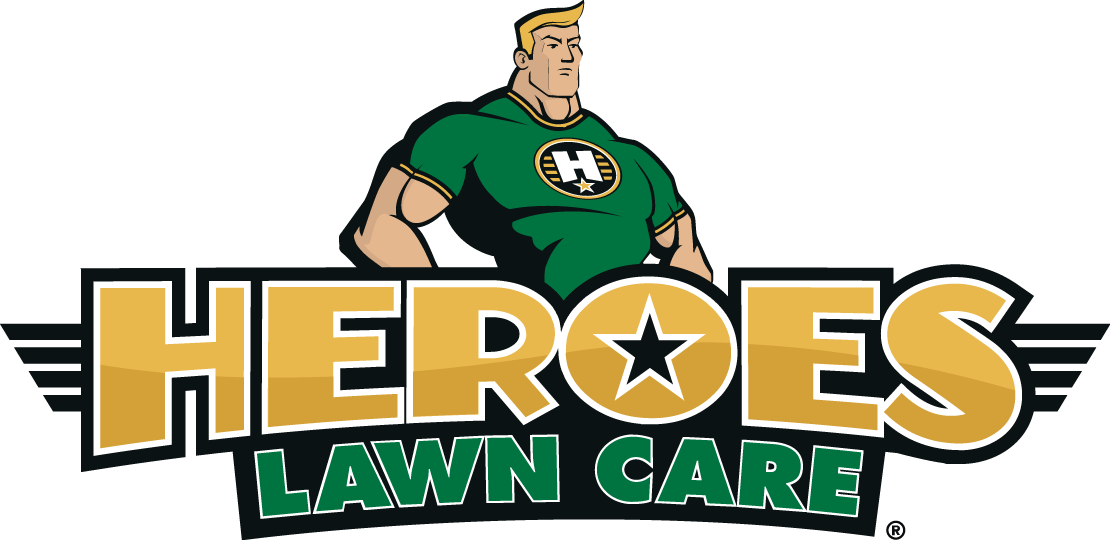

Lawn Aeration in The Woodlands, TX
What is Lawn Aeration?
Lawn aeration is a crucial process that involves perforating the soil with small holes to allow air, water, and nutrients to penetrate the grass roots. This helps the roots grow deeply and produce a stronger, more vigorous lawn. The main goal of aeration is to alleviate soil compaction, which can hinder the flow of essential elements to the grass roots.
Dial (832) 479-1454 or contact us online for aeration lawn service in The Woodlands today!
Benefits of Aerating Your Lawn
- Improved Soil Health: Aeration enhances the soil's ability to absorb water and nutrients, promoting healthier grass growth.
- Reduced Soil Compaction: By creating small holes in the soil, aeration reduces compaction, allowing roots to expand more freely.
- Enhanced Root Development: Aeration encourages deeper root growth, which leads to a more resilient lawn.
- Better Water Absorption: Aerated lawns can absorb water more efficiently, reducing runoff and promoting even hydration.
- Increased Thatch Breakdown: Aeration helps break down thatch, a layer of dead grass and roots, which can suffocate your lawn if left unchecked.
How Often Should You Aerate Your Lawn?
The frequency of aeration depends on several factors, including soil type, lawn usage, and grass type. Generally, it is recommended to aerate your lawn once a year. However, lawns with heavy clay soil or high foot traffic may benefit from aeration twice a year. Consulting with a lawn care professional can help determine the best schedule for your specific lawn.
Best Time to Aerate Lawn
The optimal time to aerate your lawn is during the growing season when the grass can recover quickly. For cool-season grasses, early spring or fall is ideal. For warm-season grasses, late spring or early summer is the best time. Aerating during these periods ensures that the grass can heal and fill in any open areas left by the aeration process.
Aeration vs Dethatching
While both aeration and dethatching are essential lawn care practices, they serve different purposes. Aeration focuses on relieving soil compaction and improving root growth by creating small holes in the soil. Dethatching, on the other hand, involves removing the layer of dead grass and roots (thatch) that accumulates on the soil surface. Both processes are important for maintaining a healthy lawn, but they address different issues.
How to Prepare Lawn for Aeration
Proper preparation is key to successful aeration. Here are some steps to prepare your lawn:
- Water Your Lawn: Ensure your lawn is adequately watered a day or two before aeration. This softens the soil, making it easier for the aerator to penetrate.
- Mark Obstacles: Identify and mark any obstacles such as sprinkler heads, utility lines, or shallow irrigation pipes to avoid damaging them during aeration.
- Mow Your Lawn: Mow your lawn to a shorter height than usual to make the aeration process more effective.
- Remove Debris: Clear any debris, such as leaves or branches, from your lawn to ensure the aerator can move freely.
Signs Your Lawn Needs Aeration
Not sure if your lawn needs aeration? Look for these signs:
- Compacted Soil: If your soil feels hard and dense, it may be compacted and in need of aeration.
- Poor Drainage: Water pooling on the surface of your lawn indicates poor drainage, which can be improved with aeration.
- Thinning Grass: If your grass is thinning or showing signs of stress, aeration can help improve its health and density.
- Heavy Foot Traffic: Lawns that experience heavy foot traffic are more prone to soil compaction and can benefit from regular aeration.

-
"They are dependable, responsive and knowledgeable about what it takes to keep my lawn perfect. Overall, great to work with."- Spencer C.





.2407151101194.png)




.2408271112489.png)

